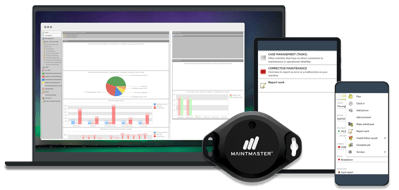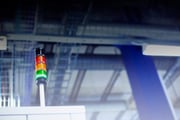Almost every maintenance organization strives to decrease the amount of corrective maintenance and unplanned downtime. To get away from it, we use preventive maintenance and that is a good thing. But we need to make sure we are not overdoing preventive maintenance.
We use maintenance to maintain or reset the capacity in our equipment, but the maintenance needs can change over time. The age of the equipment, products produced in it, and how exposed it is to external impacts such as weather, are things that have an impact on the equipment.
To ensure that our preventive maintenance is effective, even when there is a change in need, we recommend using completion codes.
For example, in MaintMaster’s CMMS standard setup we use three completion codes to follow the development of our preventive maintenance.
Those can be found in the completion code group PM Performed according to routine:
- Status OK: the equipment is in good condition and approved for continued use.
- Deviation identified: equipment or component does not correspond to the standard or does not maintain satisfactory performance. Follow up with actions by creating a follow-up job.
- Deviation found and corrected: a smaller deviation was identified and corrected. No need for a follow-up but performed actions should still be reported in the job.
- Status OK (change procedure): the equipment is in good condition and approved for continued use, but the procedure or intervals need to be adjusted in the original job/template.
I would also like to add two things:
- If you have a lot of completed work orders with the code “Deviation identified” you should perform a root cause analysis on each follow-up to find and fix the real cause, to increase the equipment’s capacity.
- For work orders completed with “Status OK (change procedure)” it is an advantage if the one reporting, can describe what you need to change – interval, material, technique, or other. It makes it easier to discuss necessary actions.
Once you compile historically produced items in equipment and put them with completion codes, you can see the change in demand for maintenance depending on the product.
Or, if the equipment is exposed to external impact such as weather, you can easily find out when you need a more intense preventive maintenance, and when not.






